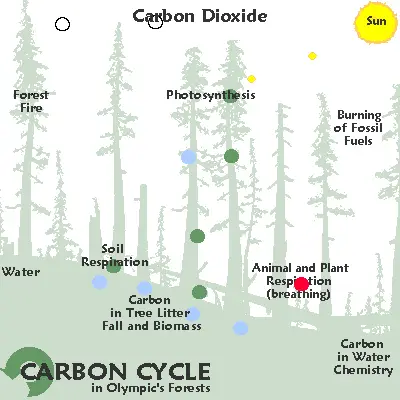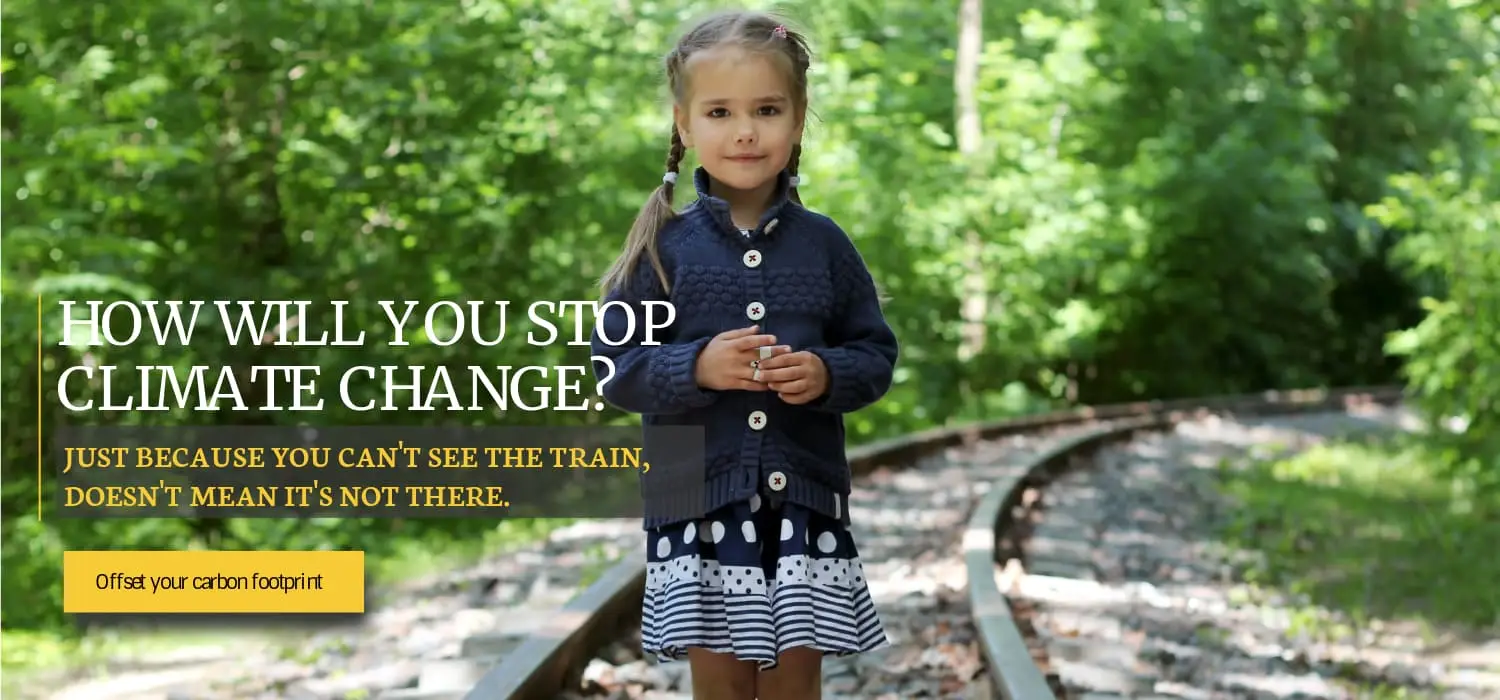September 14, 2018
Stuart Pimm
Teaching children about the carbon cycle doesn’t have to be confusing. Once they understand the relationship between trees and climate change, they can be climate change ambassadors to friends and family. Here’s an exercise that Saving Nature’s President Stuart Pimm does with high school students.
HOW CAN I TEACH MY HIGH SCHOOL STUDENT THE CARBON CYCLE?
Because it’s a science class, Pimm starts with two key facts. He’ll be talking about tons of carbon — and burning one ton of carbon produces 3.7 tons of carbon dioxide. Second, he’ll be using the metric system.
How much does a tree weigh?
No one answers.
“Imagine a tree as a cylinder. The volume of a cylinder is its area — that’s pi r squared” — the class groans — “times its length” — more groans. But that’s the hard part.
Quickly, students estimate that a good-sized tree in the forests of eastern North America has a diameter of about one metre (so about three feet) and maybe ten metres (about thirty feet) tall. The volume comes to 7.85 cubic metres.
How heavy is wood is easy!” Pimm tells them.
Pimm reminds them of Archimedes and bath tubs.
“Put a stick in water, keep it upright, and notice that about 70% of it is underwater. That’s the specific gravity of wood.”
A cubic metre of water weighs a ton, so the tree weighs about 70% of that, and 70% of 7.85 is 5.5 tons.

How much of wood is carbon?
“Well weigh a piece, dry it, then burn it: the carbon has burned off as carbon dioxide.”
The answer is that wood is about half carbon — and so that one tree is 2.75 tons of carbon.
The class goes outside and measures how many trees of different sizes there are in an area of forest. Trees are not perfect cylinders, of course, but this simple exercise teaches some basic algebra and physics — which high school teachers love, even as their students groan. It also gets the students excited about how to improve the estimates, including how to estimate the height of a tree. (Simple algebra too, using the tool on the iPhone that estimates angles.)
Scaling up one tree to estimate carbon emissions from deforestation
The class comes back inside. There are good data online that show how much forests shrink each year. Look at satellite images on Google Earth that show that many forests are being cleared by burning them.
In an afternoon’s class, one can get sensible, if rough, estimates of the planet’s most important land-use change and of how much it contributes to the increase in the carbon dioxide in the atmosphere.
Certainly, these exercises make other important points. To do them correctly, one needs to spend a lot of effort in a lot of places to estimate the full range of values expected and how they vary across Earth’s different ecosystems. (The methods suggested here wouldn’t work well outside of Phoenix, Arizona, for example.)
When one has those values, then scientists can work out how best to predict them — from data obtained from satellite imagery, for example. Green places in the Eastern USA have more carbon than the desert southwest. But no satellite can save the hot, steamy, hard work of measuring trees! That’s fundamental
Putting Knowledge into Action
At Saving Nature, our work to reforest areas high in biodiversity solves two most pressing environmental problems the world faces—mass species extinction and global warming—at the same time!
We invite you to join us in this ambitious effort! Donating to Saving Nature puts trees in the ground for biodiversity, and sequesters carbon from the atmosphere.
Copyright 2025 Saving Nature | fGreen Theme powered by WordPress

